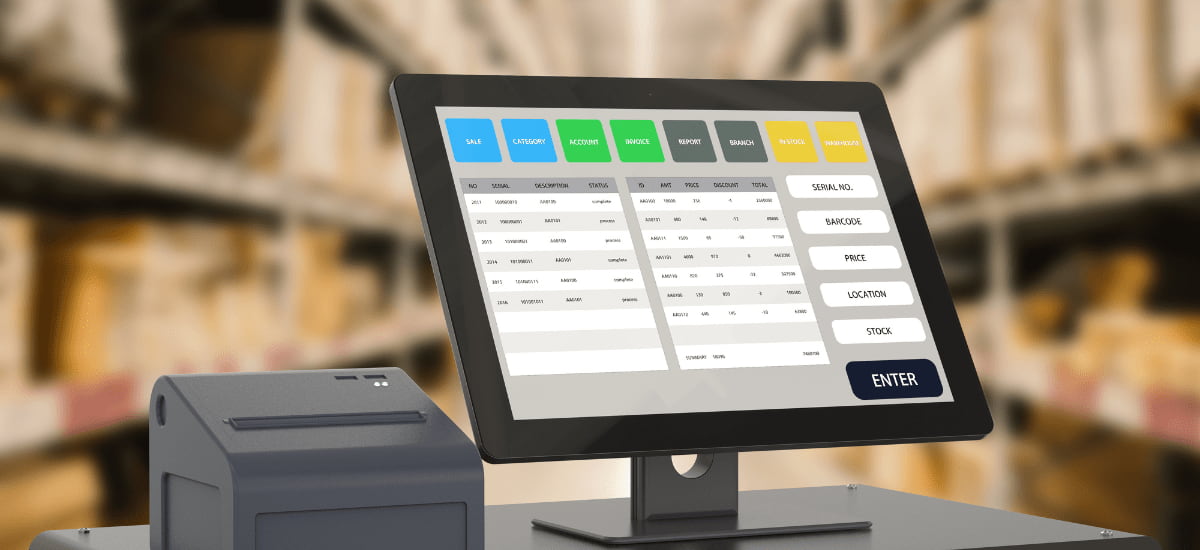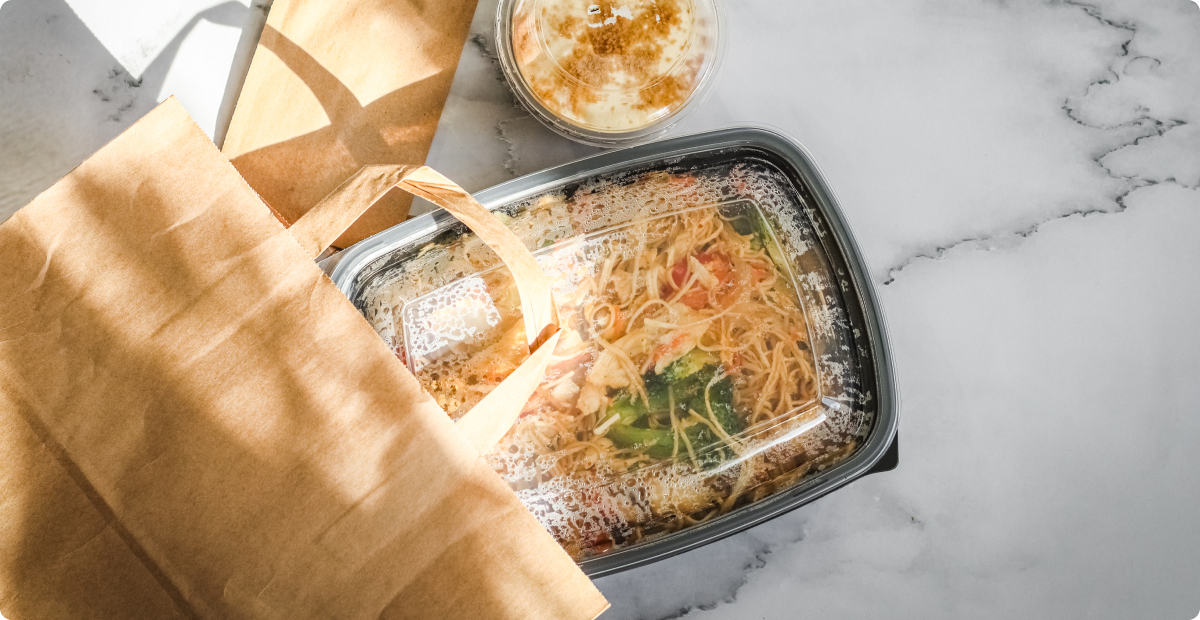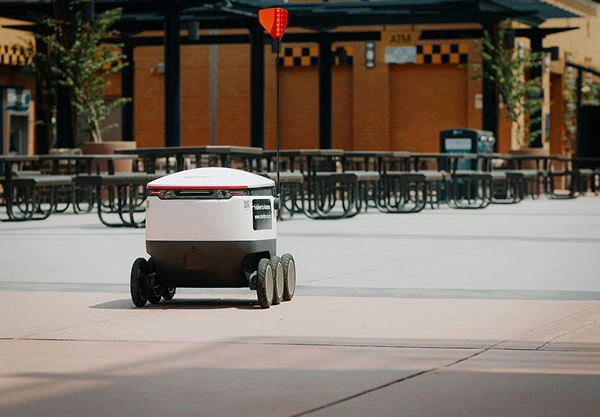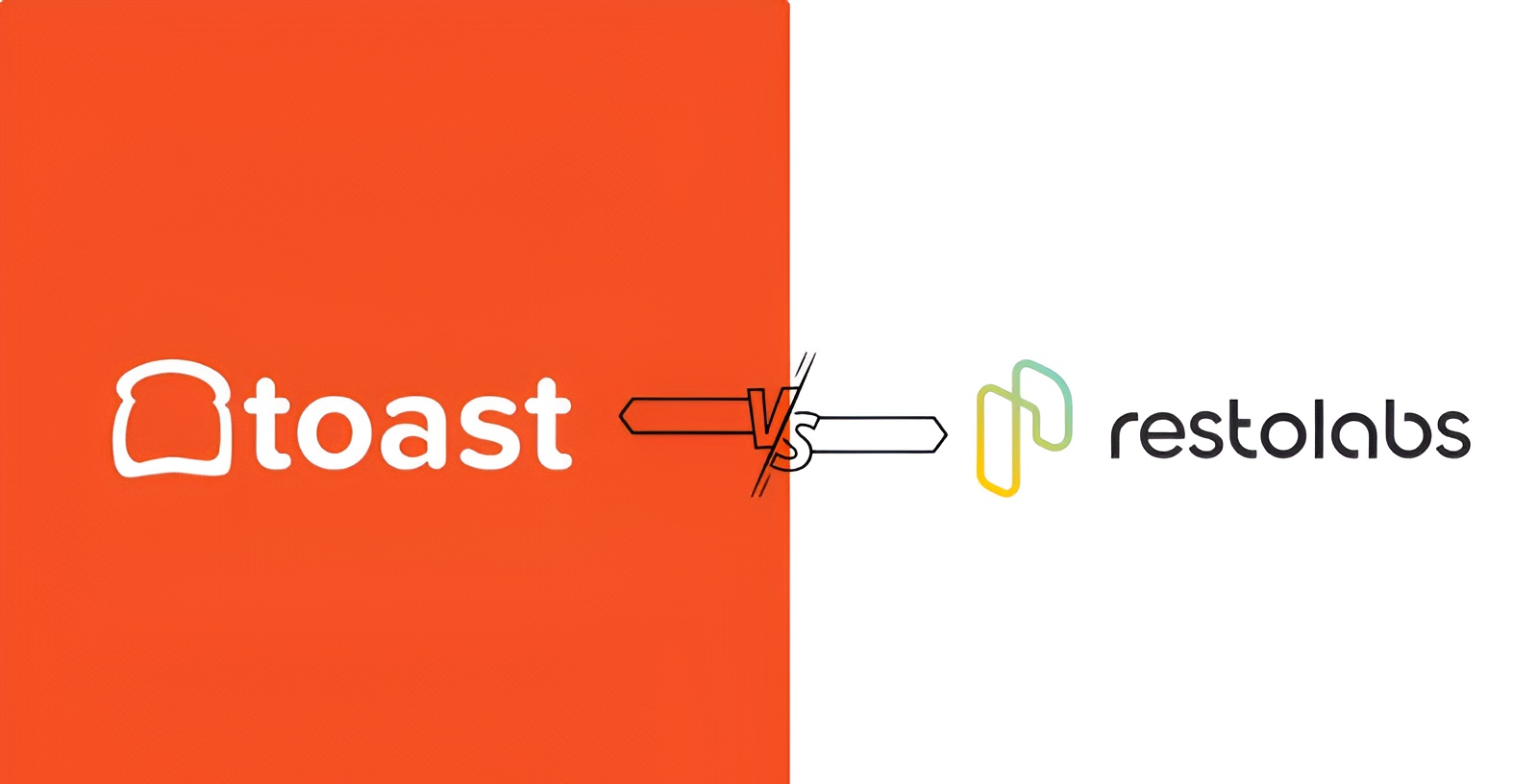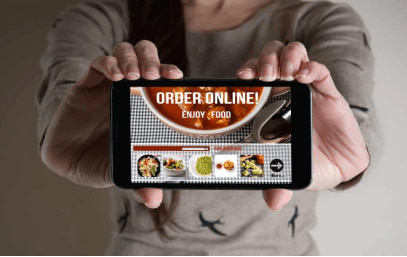Key Takeaways
- The leading POS systems offer tailored solutions for small cafes, large restaurants, and multi-location operations.
- Features like inventory management, online ordering, loyalty programs, and analytics are common differentiators.
- Subscription-based pricing dominates, often combined with integrated payment processing fees.
- Customization, scalability, and ease of use are critical factors in choosing the right POS system.
Running a successful restaurant in today's fast-paced world demands more than just great food and service. It requires smart technology to manage everything from orders and payments to inventory and customer relationships. At the heart of this technology ecosystem is the Point of Sale (POS) system. Think of it as the central nervous system of your restaurant, streamlining operations and providing vital insights.
For restaurant owners like you, choosing the right POS system isn't just about processing transactions; it's about investing in a tool that empowers growth, enhances efficiency, and ultimately, boosts your bottom line. We understand that finding the perfect fit can be a challenging feat, with countless options promising the world. That's why we've put together a comprehensive guide to the best restaurant POS systems for 2025, helping you make an informed decision.
What is a Restaurant POS System?
A modern restaurant Point of Sale (POS) system is far more than a cash register. It's a comprehensive software and hardware solution designed to handle all aspects of your restaurant's daily operations. From the moment a customer places an order to the final payment and beyond, a robust POS system manages the flow of information and processes, ensuring smooth service and accurate record-keeping.
Components of a Modern POS System
- Hardware: This includes touch-screen terminals, receipt printers, cash drawers, kitchen display systems (KDS), and handheld devices for tableside ordering.
- Software: The brains of the operation, managing orders, payments, inventory, employee schedules, customer data, and reporting.
Types of POS Systems for Restaurants
Understanding the different types of POS systems can help you determine which best fits your restaurant's specific needs:
- Legacy POS Systems: These are traditional, on-premise systems where software and data are stored locally on your restaurant's servers. While they offer robust control, they typically require significant upfront investment, manual updates, and can be less flexible for remote management.
- Cloud-Based POS Systems: The most popular choice today, cloud-based systems store data on remote servers accessible via the internet. This offers unparalleled flexibility, allowing you to manage operations from anywhere, receive automatic updates, and reduce hardware costs. Most modern systems, including Restolabs, fall into this category.
- Mobile POS Systems (mPOS): Often an extension of cloud-based systems, mPOS uses tablets or smartphones as terminals. This is ideal for tableside ordering, food trucks, pop-up events, or quick-service restaurants, enhancing efficiency and customer experience.
- Tablet POS Systems: Similar to mPOS but often refers to dedicated tablet setups at fixed locations, offering a user-friendly interface and portability within the restaurant.
Why Your Restaurant Needs a Modern POS System
In today's competitive culinary landscape, a powerful POS system is no longer a luxury; it's a necessity. Here's why investing in the right solution can transform your restaurant:
- Streamlined Operations: Automate order taking, kitchen communication, and payment processing, reducing errors and speeding up service.
- Enhanced Customer Experience: Faster service, accurate orders, and personalized interactions (thanks to CRM features) lead to happier customers and repeat business.
- Improved Efficiency: From inventory management that prevents waste to labor management that optimizes staffing, a POS system boosts overall operational efficiency.
- Data-Driven Decisions: Gain valuable insights into sales trends, popular menu items, peak hours, and employee performance through comprehensive reporting.
- Scalability: A modern, cloud-based POS system grows with your business, easily accommodating new locations, menu changes, or increased order volumes.
- Offline Capability: Many cloud-based systems offer an offline mode, ensuring your operations continue seamlessly even during internet outages, preventing lost sales.
- Food Safety and Compliance: Advanced systems can assist with inventory tracking, expiry dates, and allergen information, contributing to better food safety practices and regulatory compliance.
How to Choose the Right POS System for Your Restaurant
Selecting the best POS system is a critical decision that impacts every aspect of your restaurant. Consider these factors to ensure you pick a solution that truly empowers your business:
- Assess Your Specific Needs:
- Restaurant Type: Do you run a fine dining establishment, a quick-service restaurant (QSR), a cafe, or a food truck? Each has unique requirements.
- Size and Scale: Are you a single location or a multi-unit operation? Your POS needs to scale with your ambitions.
- Key Features: Beyond basic order processing, what do you need? Inventory management, CRM, online ordering, delivery integrations, employee management, reporting, kitchen display systems (KDS)?
- Prioritize Integrations:
- Does the POS system seamlessly integrate with other crucial tools like your online ordering platform (like Restolabs!), payment processors, delivery services, accounting software, and loyalty programs? A unified tech stack saves time and reduces errors.
- Evaluate Ease of Use and Training:
- A user-friendly interface is paramount for staff adoption and reduced training time. Look for intuitive designs that minimize the learning curve.
- Understand Pricing and Contract Details:
- Software Fees: These are usually monthly or annual subscriptions.
- Hardware Costs: Do you buy outright, lease, or use your own devices?
- Payment Processing Fees: Understand the rates and whether you're locked into a specific processor.
- Hidden Fees: Be wary of activation fees, PCI compliance fees, or charges for essential add-ons. Always ask for a full breakdown of costs and read contract terms carefully, including cancellation policies.
- Check for Reliability and Support:
- Look for systems with strong uptime, robust security measures, and reliable customer support (24/7 support is ideal for restaurants).
- An offline mode is crucial for continued operations during internet disruptions.
- Consider Data Ownership and Security:
- Ensure you retain full ownership of your customer data. This is vital for marketing efforts and building customer loyalty. Prioritize systems with strong data encryption and security protocols.
Top 8 Restaurant POS Systems for 2025
Here's a detailed look at the leading POS systems, each with unique strengths, to help you find the best fit for your restaurant. For a quick comparison, check out our table below:
1. Square POS
Square started as a mobile payment solution and has evolved into a highly sought-after POS system, especially for small to medium-sized restaurants and cafes. Its ease of use, straightforward interface, and cost-effectiveness make it a popular choice for new ventures and established businesses alike.
Pros:
- Value for Money: Offers a robust free plan that includes essential POS features and online ordering, making it accessible for budget-conscious businesses.
- Integrated Payments: Seamlessly processes payments, simplifying your financial operations.
- Diverse Hardware: A wide range of customizable hardware options allows restaurants to create a tailored checkout experience.
- Robust Security: Provides strong security measures for customer data and transactions.
- Loyalty Programs & Marketing: Supports features like loyalty programs, payroll, and email marketing to help your business look professional.
Cons:
- Customer Support: Some users report inconsistent customer support, which can be a concern during critical operational hours.
- Performance with High Volume: May experience slower performance during peak transaction times, potentially impacting efficiency for very busy establishments.
- Scalability for Large Operations: While great for small to mid-sized businesses, it might not be the ideal fit for large organizations or high-traffic restaurant chains.
Pricing:
Square offers a free plan covering basic POS and online ordering features for unlimited locations and countertop devices. Paid plans, starting around $60 per month, include 24/7 customer support and advanced features like coursing and KDS integration. Payment processing fees apply to all transactions.
2. Toast POS
Toast is a restaurant-specific POS system built from the ground up to address the unique challenges and needs of the food service industry. It's a comprehensive platform that goes beyond basic transaction processing, offering solutions for front-of-house, back-of-house, and guest engagement.
Pros:
- Restaurant-First Design: Tailored features for various restaurant types, including robust table and order management, menu customization, and kitchen display systems (KDS).
- Integrated Ecosystem: Offers a wide array of in-house solutions like online ordering, delivery management, loyalty programs, gift cards, and payroll, all within one system.
- Hardware Designed for Restaurants: Durable, restaurant-grade hardware built to withstand the demanding environment of a busy kitchen.
- Scalability: Highly scalable for both single-location and multi-unit restaurant groups.
- Offline Mode: Maintains functionality and stores data locally even during internet outages, syncing once connectivity is restored.
Cons:
- Proprietary Hardware: Requires Toast's own hardware, which can be an upfront investment.
- Contract Lengths: Users sometimes report longer contract commitments compared to some other providers.
- Pricing Complexity: While feature-rich, pricing can become complex with various add-ons and modules.
Pricing:
Toast offers various plans, often starting with a free starter option for basic POS, with more advanced features and hardware bundled into paid subscriptions. Custom quotes are common due to the modular nature of their offerings, and payment processing is integrated.
3. Clover
Clover has quickly gained popularity among new restaurants and small businesses due to its user-friendly interface and highly customizable nature. It offers a unique blend of intuitive design and extensive app integrations, making it adaptable to various operational styles.
Pros:
- Extremely Easy to Use and Set Up: Beginners find Clover intuitive, allowing for quick onboarding and seamless daily operations.
- Extensive App Marketplace: Integrates with over 450+ apps, allowing for vast customization and extended functionality (e.g., loyalty, marketing, accounting).
- Flexible Hardware Options: Offers a range of sleek, modern hardware devices, with leasing options available to ease upfront investment.
- Financial Services: Provides features like Rapid Deposits and Clover Capital to support businesses with financial flexibility.
- Remote Order Firing & Online Ordering: Includes essential features for modern restaurant operations, including online ordering capabilities.
Cons:
- Proprietary Hardware: Only compatible with Clover's own hardware, which can limit choices and potentially increase costs.
- Pricing Transparency: Pricing can be less transparent, especially when purchased through a third-party merchant service provider, leading to potential hidden fees.
- Contractual Commitments: Users may encounter less flexible contract lengths and cancellation policies depending on the provider.
Pricing:
Clover's pricing varies based on the plan and hardware chosen. Full-service dining plans can start around $150/month (including a basic hardware unit). Payment processing fees (e.g., 2.3% + 10¢ for card-present transactions) are additional. It's crucial to thoroughly review all terms and conditions to understand the total cost of ownership.
4. Epos Now
Epos Now is a globally recognized cloud-based POS system known for its user-friendliness and affordability. It's a popular choice for small to medium-sized food businesses, offering a comprehensive suite of features alongside extensive third-party integration capabilities.
Pros:
- Incredibly User-Friendly: Designed for ease of use, allowing restaurant owners to manage all aspects of their business from a single system with minimal training.
- Extensive Integrations: Seamlessly integrates with hundreds of third-party applications, including online ordering platforms, delivery services, and loyalty programs.
- Robust Reporting: Provides detailed insights into operations, sales, and inventory, enabling data-driven decision-making.
- Affordable Pricing: Offers competitive pricing plans, making it an attractive option for businesses looking for a powerful yet budget-friendly solution.
- 30-Day Free Trial: A no-commitment trial period allows you to test the system without requiring a credit card.
Cons:
- Full Package Cost: While software is affordable, purchasing a complete hardware and software package can be a significant investment.
- Customer Support Access: While highly rated, dedicated customer support may be limited to paid members, which can be a concern during the free trial or for basic plans.
Pricing:
Epos Now offers a 30-day free trial. Basic plans start around $39/month (with additional registers at a lower cost), making it one of the more affordable options available. Custom quotes are available for more comprehensive packages that include hardware.
5. TouchBistro
TouchBistro is an iPad-based POS system designed specifically for the restaurant industry, focusing on enhancing front-of-house efficiency and customer experience. It's known for its robust features that cater to various restaurant types, from cafes to full-service dining.
Pros:
- Customer-Centric Design: Helps restaurants deliver excellent service with features like tableside ordering, payment processing, and comprehensive CRM.
- Scalable Solution: A good choice for restaurants planning to expand operations, offering features that grow with your business.
- High Focus on Guest Experience: Tools and workflows are optimized to improve customer satisfaction and streamline the ordering process.
- Excellent Customer Service: Highly regarded for responsive and helpful customer support.
- Detailed Reporting: Provides in-depth analytics to help you understand your business performance.
Cons:
- iPad-Specific: Operates exclusively on iPads, which might require a specific hardware setup.
- Learning Curve: Staff may experience a steeper learning curve if unfamiliar with tablet-based POS systems.
- Cost can Add Up: Can become expensive with add-ons and customizations, especially for larger or more complex operations.
- Limited Third-Party Integrations: While it offers core integrations, the ecosystem might be less open than some competitors.
Pricing:
TouchBistro's basic plan starts around $69/month, including features like menu management, floor plan management, tableside ordering, staff management, and reporting. Hardware costs are typically separate, and it's recommended to get a customized quote for specific business needs.
6. SpotOn POS
SpotOn POS offers a comprehensive suite of tools designed to help restaurants manage operations, engage customers, and grow revenue. It's particularly strong in analytics and marketing, providing valuable insights and tools to drive business forward.
Pros:
- Excellent Analytics: Provides deep insights into sales, customer behavior, and operational performance, empowering data-driven decisions.
- Flexible Menu & Table Management: Offers highly customizable options for managing menus, floor plans, and table assignments.
- Integrated Delivery & Marketing: Seamlessly connects with popular delivery platforms and includes built-in marketing tools like email campaigns and loyalty programs.
- Customer Support: Known for dedicated support and a focus on customer success, including access to a restaurant advisory council.
- Website Builder: Helps restaurants establish a strong online presence with integrated website creation tools.
Cons:
- Pricing Opacity: Pricing can be customized, which means it's not always transparent upfront, requiring direct contact for quotes.
- Learning Curve for Full Features: While user-friendly for basic functions, leveraging all advanced features might require some dedicated learning.
- Payment Processing: Often requires using SpotOn's integrated payment processing.
Pricing:
SpotOn's pricing is typically custom-quoted based on the specific features and hardware required. It generally involves a monthly subscription fee combined with integrated payment processing rates.
7. Lightspeed POS (formerly Upserve)
Lightspeed POS, which acquired Upserve, is a powerful cloud-based system tailored for restaurants that require robust analytics, inventory management, and multi-location capabilities. It's ideal for businesses looking to optimize every aspect of their operations and scale efficiently.
Pros:
- Advanced Analytics: Provides in-depth reporting on sales, guest behavior, and inventory, enabling informed marketing and operational decisions.
- Comprehensive Inventory Management: Includes features like recipe costing to help control food costs and reduce waste.
- Contactless Ordering & Bill Splitting: Enhances customer convenience with modern ordering and payment options.
- CRM & Loyalty Features: Helps build customer relationships and encourage repeat business.
- Dedicated Customer Support: Known for reliable and responsive customer service.
- Unlimited User Accounts: Access for all necessary staff members across all plans.
Cons:
- Higher Price Point: Can be more expensive than other systems, making it less suitable for very small businesses or those with tight budgets.
- No Free Trial: Doesn't typically offer a free trial, requiring a commitment to explore the platform.
- Add-ons Can Be Extra: Some critical features might come at an additional cost, increasing the overall investment.
Pricing:
Lightspeed POS offers subscription-based pricing, with various tiers depending on the features and scale of your operation. Base plans may start around $119/month, with higher tiers offering more advanced features like e-commerce and accounting. Contacting Lightspeed directly for a custom quote is recommended.
8. Restaurant Manager POS
Restaurant Manager POS is a well-established system offering a comprehensive suite of features for various restaurant environments. It's known for its robust capabilities in real-time management, tableside ordering, and integrated solutions for online presence and loyalty.
Pros:
- Real-Time Alerts: Provides immediate notifications for critical operational events, helping managers respond quickly.
- Strong Tableside Ordering Support: Enhances service efficiency with mobile ordering capabilities for servers.
- Cloud-Based with Offline Mode: Offers the flexibility of cloud access while ensuring continuous operation even without internet connectivity.
- Integrated Online Ordering & Loyalty: Supports direct online ordering and customer loyalty programs to drive revenue and retention.
- Comprehensive Reporting: Delivers detailed reports for sales, inventory, and labor, aiding in strategic decision-making.
Cons:
- Interface Can Be Dated: Some users might find the interface less modern or intuitive compared to newer cloud-native solutions.
- Learning Curve: Due to its extensive features, there might be a moderate learning curve for new users.
- Pricing Transparency: Pricing details are often provided via custom quotes, which means upfront cost comparison can be challenging.
Pricing:
Restaurant Manager POS typically uses a subscription-based model with custom pricing tailored to the restaurant's specific needs, including hardware and software bundles. Direct consultation is usually required to obtain a precise quote.
Streamline Operations with Restolabs: Beyond Just POS
Choosing the right POS system is a pivotal step towards modernizing your restaurant's operations. However, for true growth and control, integrating your in-house system with a powerful, commission-free online ordering platform is essential. Restolabs empowers you to take full ownership of your customer relationships and profits, offering a seamless digital ordering experience that complements any robust POS system.
We understand the unique challenges restaurant owners face, and our mission is to provide you with the tools to thrive without the burden of third-party commissions. With Restolabs, you get a scalable, user-friendly platform that integrates with your existing tech stack, allowing you to focus on what you do best: serving incredible food.
Ready to experience the freedom of commission-free online ordering and unparalleled control over your business? Start a 30-day free trial to experience the platform. Or, if you'd like to learn more about how our solution can specifically benefit your restaurant, don't hesitate to Book a Demo.
Frequently Asked Questions
When selecting a restaurant POS system, look for core features such as efficient order management, diverse payment processing options, comprehensive inventory management, detailed sales reporting, and customer relationship management (CRM) capabilities. Additionally, consider features like kitchen display systems (KDS), employee management, and robust integrations with online ordering and delivery platforms. Scalability and ease of use are also paramount for long-term success, along with reliable offline mode functionality and strong data security.
Absolutely. Modern POS systems, including Restolabs, are designed to integrate seamlessly with a wide range of delivery services and payment gateways. This integration centralizes your order management, whether orders come from your website, third-party delivery apps, or directly in-house. It ensures efficient payment processing and provides a unified view of all transactions and customer data, streamlining your operations and enhancing financial reporting.
Yes, reputable cloud-based POS software is built with robust security measures, including data encryption, secure servers, and regular backups, to protect your sensitive business and customer information. They are also highly reliable, offering automatic updates and often an offline mode that allows your system to continue functioning and processing orders even if your internet connection is temporarily lost. Once connectivity is restored, all data automatically syncs, ensuring no loss of information.
The cost of a restaurant POS system can vary widely, typically involving software subscription fees (monthly or annual), one-time hardware costs, and payment processing fees per transaction. Additional costs might include setup fees, training, and charges for optional add-on features like advanced inventory or loyalty programs. It's crucial to obtain a detailed quote that outlines all potential costs, including any hidden fees or long-term contract obligations. Restolabs, for example, offers transparent pricing with the significant advantage of commission-free online ordering, which can lead to substantial savings compared to commission-heavy models.
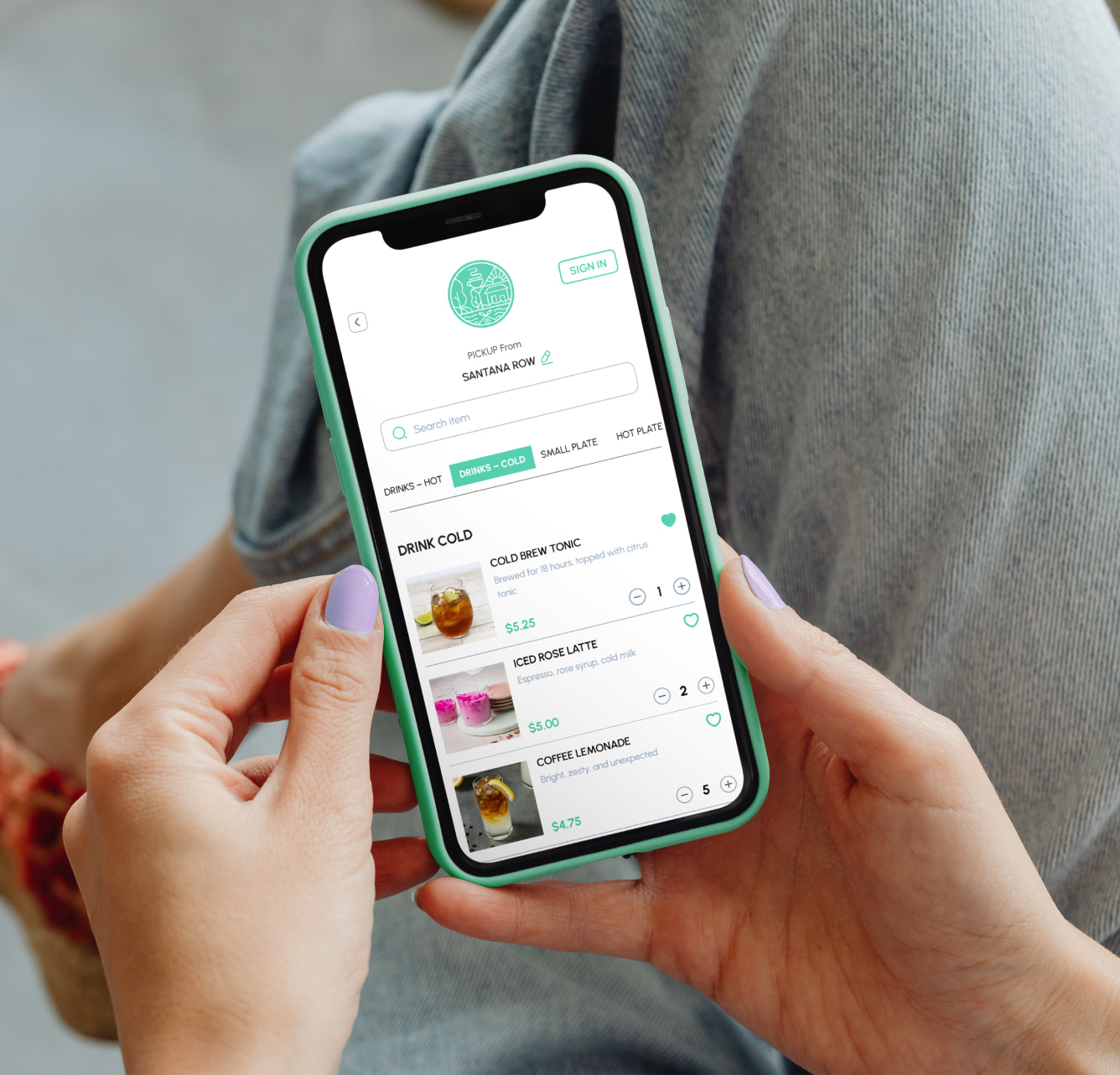

.gif)
